Svenskt Tenn: The American Chapter celebrates Josef Frank's travels and legacy
A new journal by Svenskt Tenn celebrates Josef Frank's travels around the United States
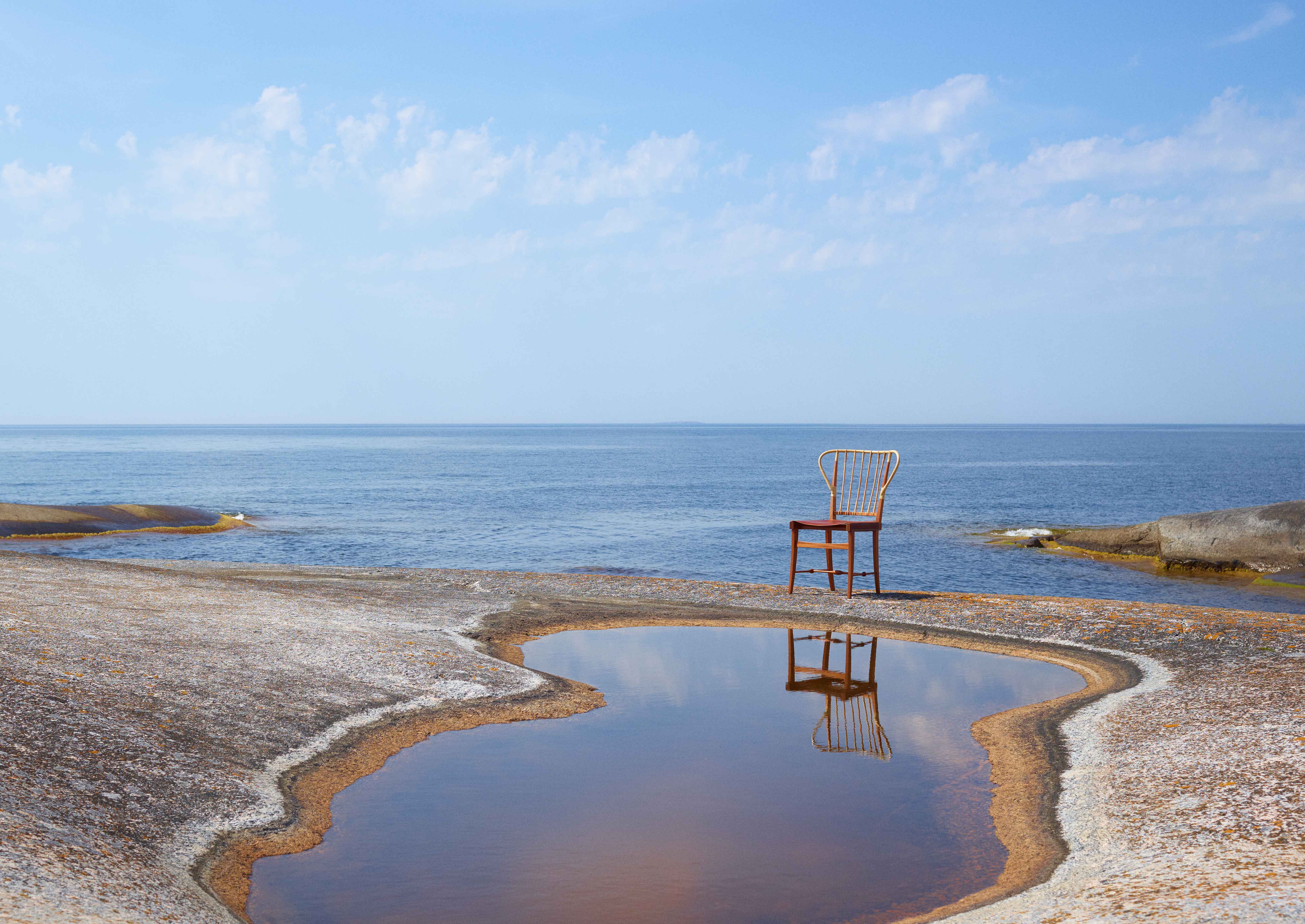
Svenskt Tenn’s legacy may be synonymous with Swedish culture, but it might surprise many to know that Josef Frank, the Austrian designer and architect who shaped Svenskt Tenn’s aesthetic signature over three decades, actually spent a formative period of time in New York, not long after joining the company in the early 1930s. Frank’s time in New York City and travelling around the United States ultimately resulted in an extensive catalogue of textile prints, many of which are still in production today.
Svenskt Tenn: The American Chapter
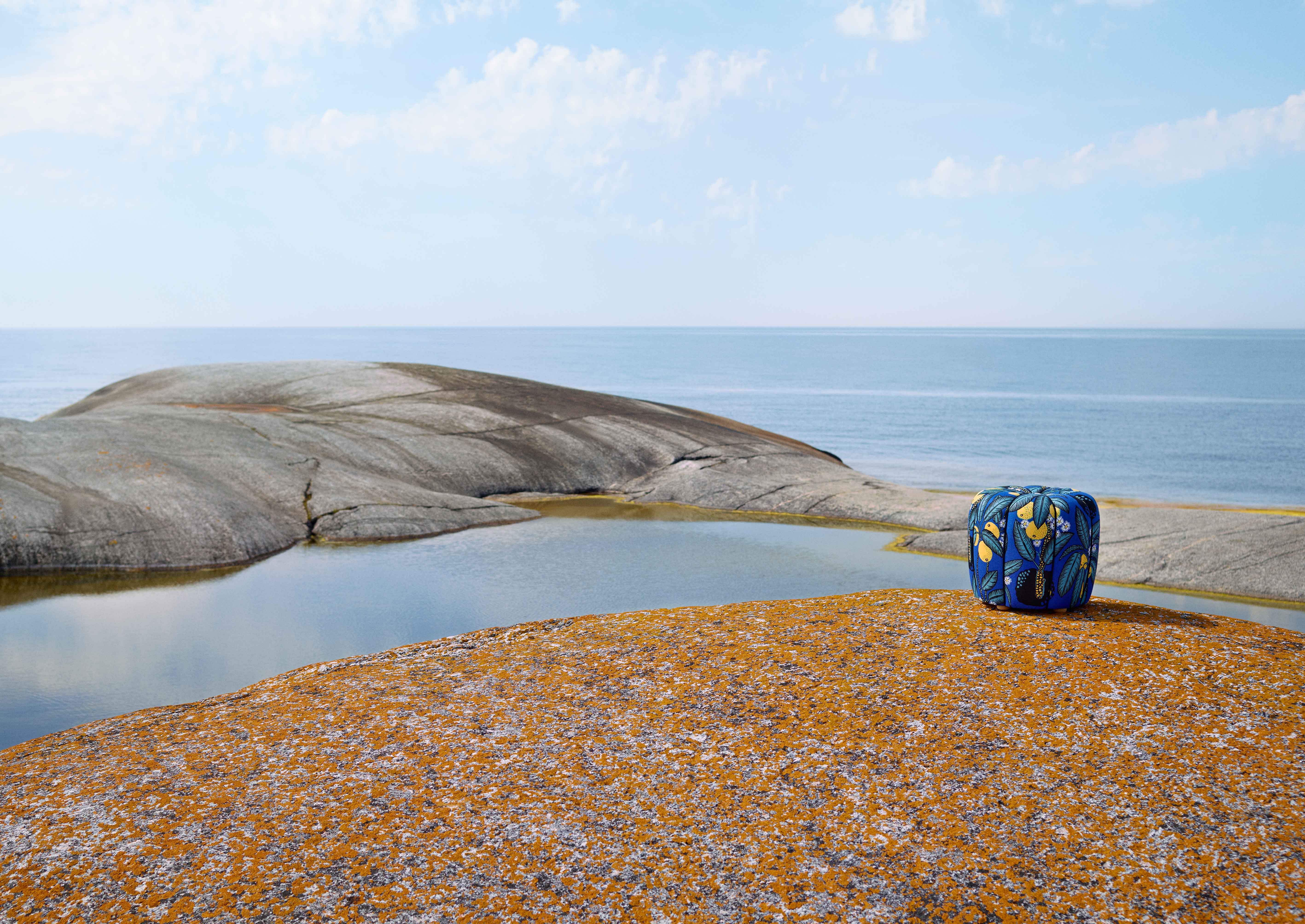
This era is being celebrated in a new journal, aptly titled The American Chapter - a poetic precursor to the company’s centenary in 2024. Featuring photography of some of Frank’s timeless designs set against the Swedish archipelago by the duo Peter and Ingela Klemetz Farago, the journal pays tribute to Svenskt Tenn’s colourful heritage while emphasising just how ahead of its time Frank and Svenskt Tenn founder Estrid Ericson were.
Accompanied by essays from Sally Singer and Lynn Yaeger, as well as illustrations by Cecilia Carlstedt, The American Chapter sees some of Svenskt Tenn's most recognizable designs placed in surreal settings. The Faragos shot the Liljevalchs sofa, one of the first pieces of furniture that Frank designed for Svenskt Tenn in 1934, against a barren landscape of stone and water, while his Manhattan print is depicted as an endless road, rolling across a series of hills.
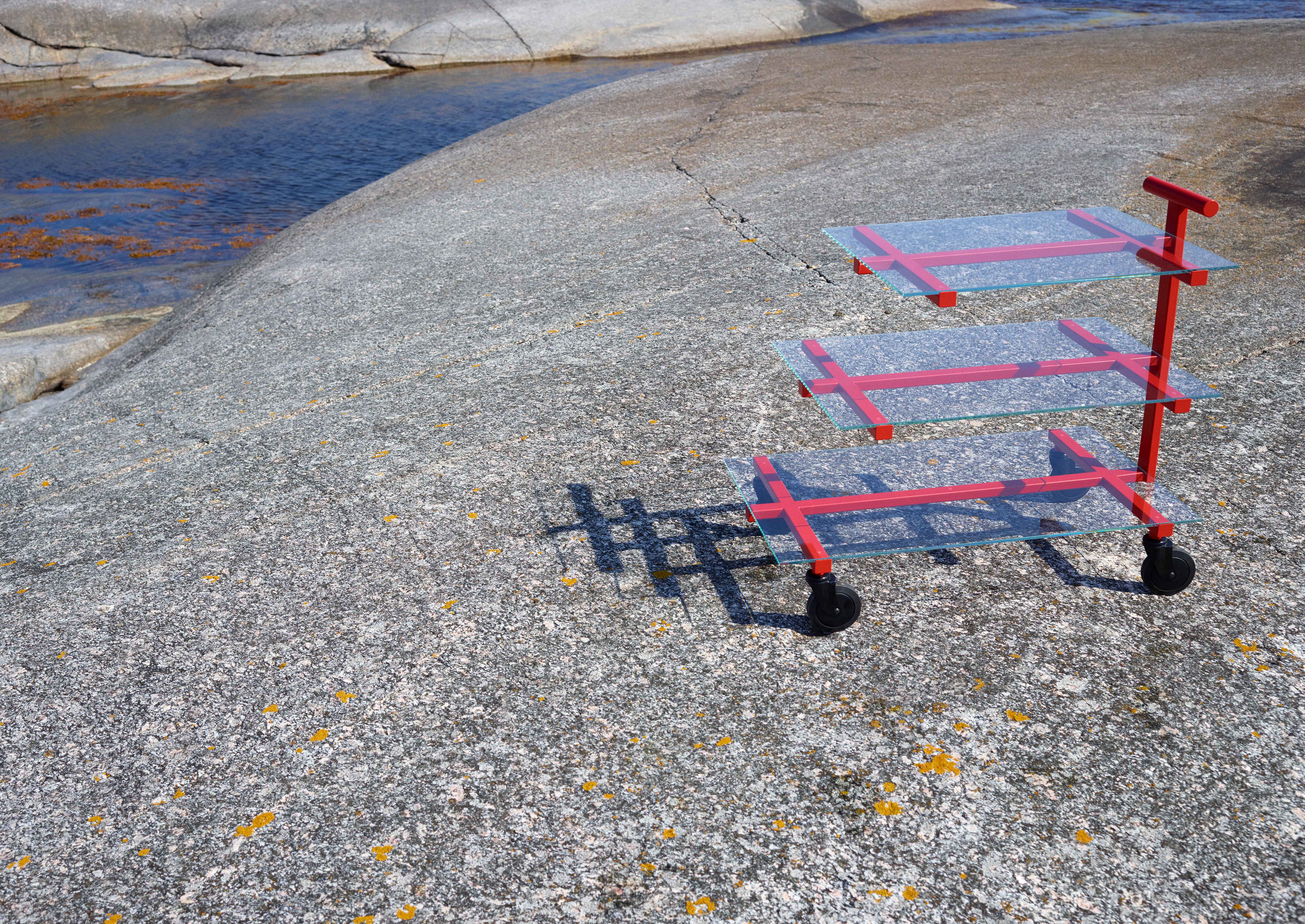
‘The creative vision and the concept for these images were to catch each piece in its singularity, to treat them as personalities, and place them against a background that is unconventional but contemporary,’ says Ingela Klemetz Farago. ‘We feel that furniture is often photographed in a basic structure and we wanted to take the objects out of this frame and give them a new context. By picking the right location for each object, and playing with simple elements like angle, light, shadows and reflections, we created an atmosphere where the environment embraces Josef Frank's creations. These photographs illuminate the full circle between Frank´s American Chapter and his Scandinavian roots, and pay a direct homage to the city that laid the foundation for Svenskt Tenn´s proud heritage.’
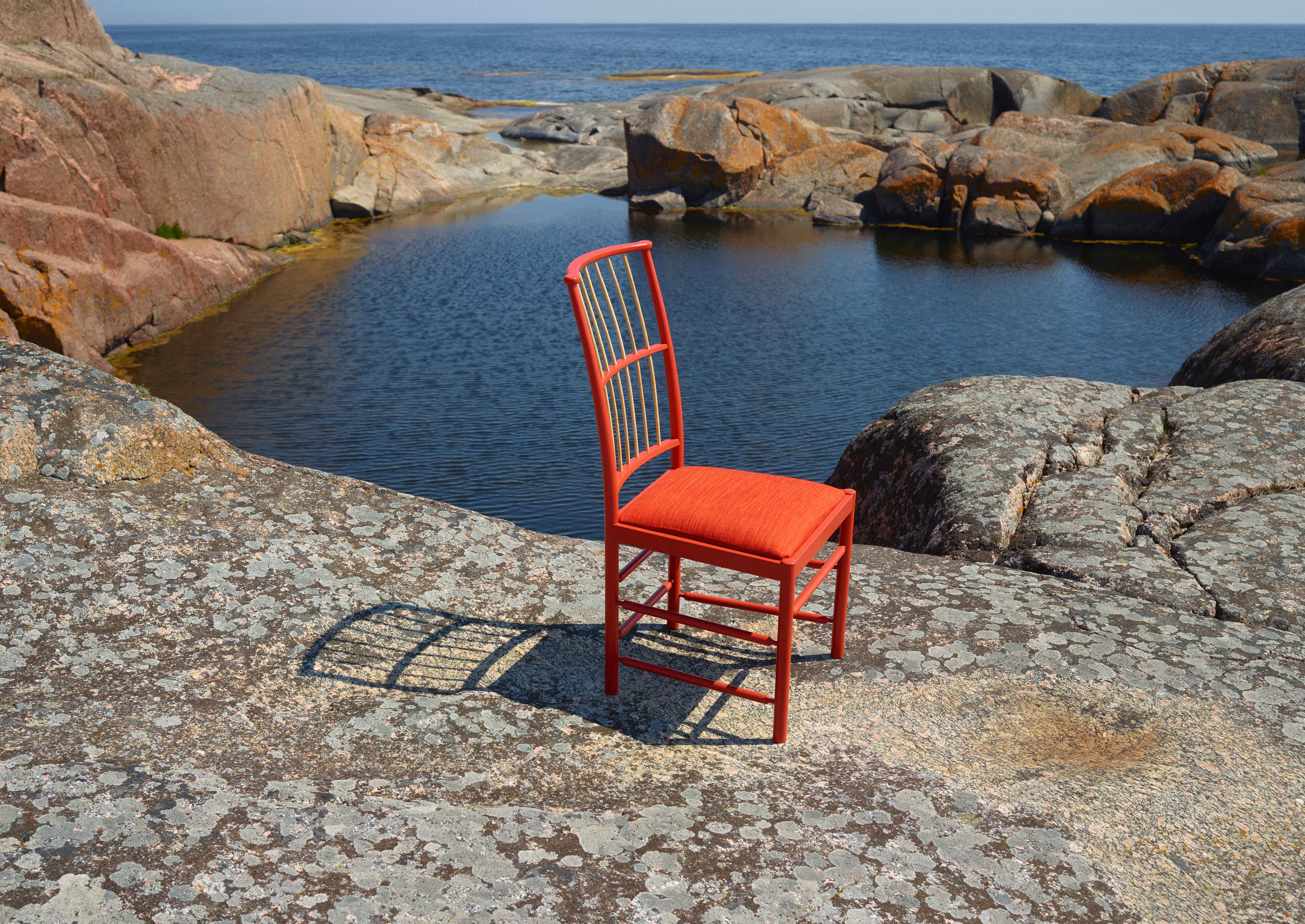
During his time at the company, Frank produced more than 3,000 interior sketches and 250 textile prints, which have all been preserved in Svenskt Tenn’s archives in Stockholm. Some of the designs he created while living in New York in refuge because of the Second World War are amongst the company’s most well-known, such as Terrazzo, Hawai, California, Tulpaner, Vegetable Tree, and of course, Manhattan.
‘There is a certain difference in Frank’s work before and during his time in New York,’ shares Per Ahldén, the curator of Svenskt Tenn’s archives and collections. ‘To start with, he focused much more on pattern than furniture once in New York. His work also became more imaginative and colourful, especially in comparison with the rather restrained colour palette he worked with in Austria and Sweden. A lot of his inspiration came from the different books he purchased of America’s bird life, flowers, and trees, which is visible in many of the patterns he made in the 1940s.’
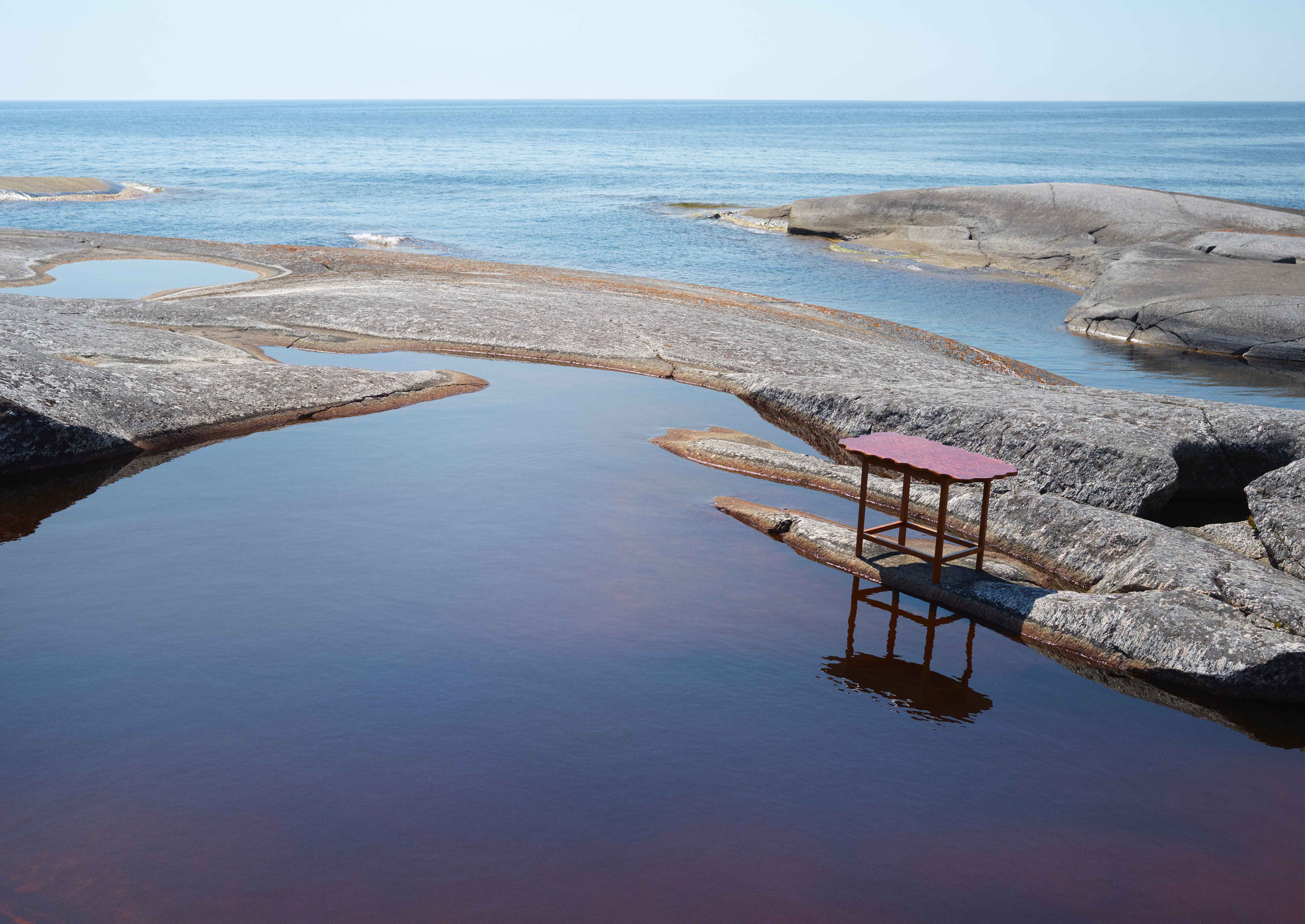
He continues, ‘After New York, Frank went back to making furniture and focused less on patterns. Many of his furniture sketches were made in the 1950s and 1960s, whereas we’ve found fewer patterns from this time.’
Receive our daily digest of inspiration, escapism and design stories from around the world direct to your inbox.
Peter Farago concludes, ‘To dig into Josef Frank’s and Estrid Ericson’s universe has been truly amazing, it felt like nothing was impossible. They just moved forward and had a true love relationship towards their work. Our goal was to showcase, highlight, and celebrate Svenskt Tenn’s creations through our eyes. Svenskt Tenn was ahead of the times with respect to their creations, Ericson’s and Frank’s intentions were sustainable, for example, "A home is never finished, you should mix old and new, colours and forms, things that you like will all the same melt into a quiet unity." This is something that we hold close to our photography as well. We want the spectator to be able to look at the images after 20 years and still feel the same spirit.’
Pei-Ru Keh is a former US Editor at Wallpaper*. Born and raised in Singapore, she has been a New Yorker since 2013. Pei-Ru held various titles at Wallpaper* between 2007 and 2023. She reports on design, tech, art, architecture, fashion, beauty and lifestyle happenings in the United States, both in print and digitally. Pei-Ru took a key role in championing diversity and representation within Wallpaper's content pillars, actively seeking out stories that reflect a wide range of perspectives. She lives in Brooklyn with her husband and two children, and is currently learning how to drive.
-
 Year in review: the shape of mobility to come in our list of the top 10 concept cars of 2025
Year in review: the shape of mobility to come in our list of the top 10 concept cars of 2025Concept cars remain hugely popular ways to stoke interest in innovation and future forms. Here are our ten best conceptual visions from 2025
-
 These Guadalajara architects mix modernism with traditional local materials and craft
These Guadalajara architects mix modernism with traditional local materials and craftGuadalajara architects Laura Barba and Luis Aurelio of Barbapiña Arquitectos design drawing on the past to imagine the future
-
 Robert Therrien's largest-ever museum show in Los Angeles is enduringly appealing
Robert Therrien's largest-ever museum show in Los Angeles is enduringly appealing'This is a Story' at The Broad unites 120 of Robert Therrien's sculptures, paintings and works on paper
-
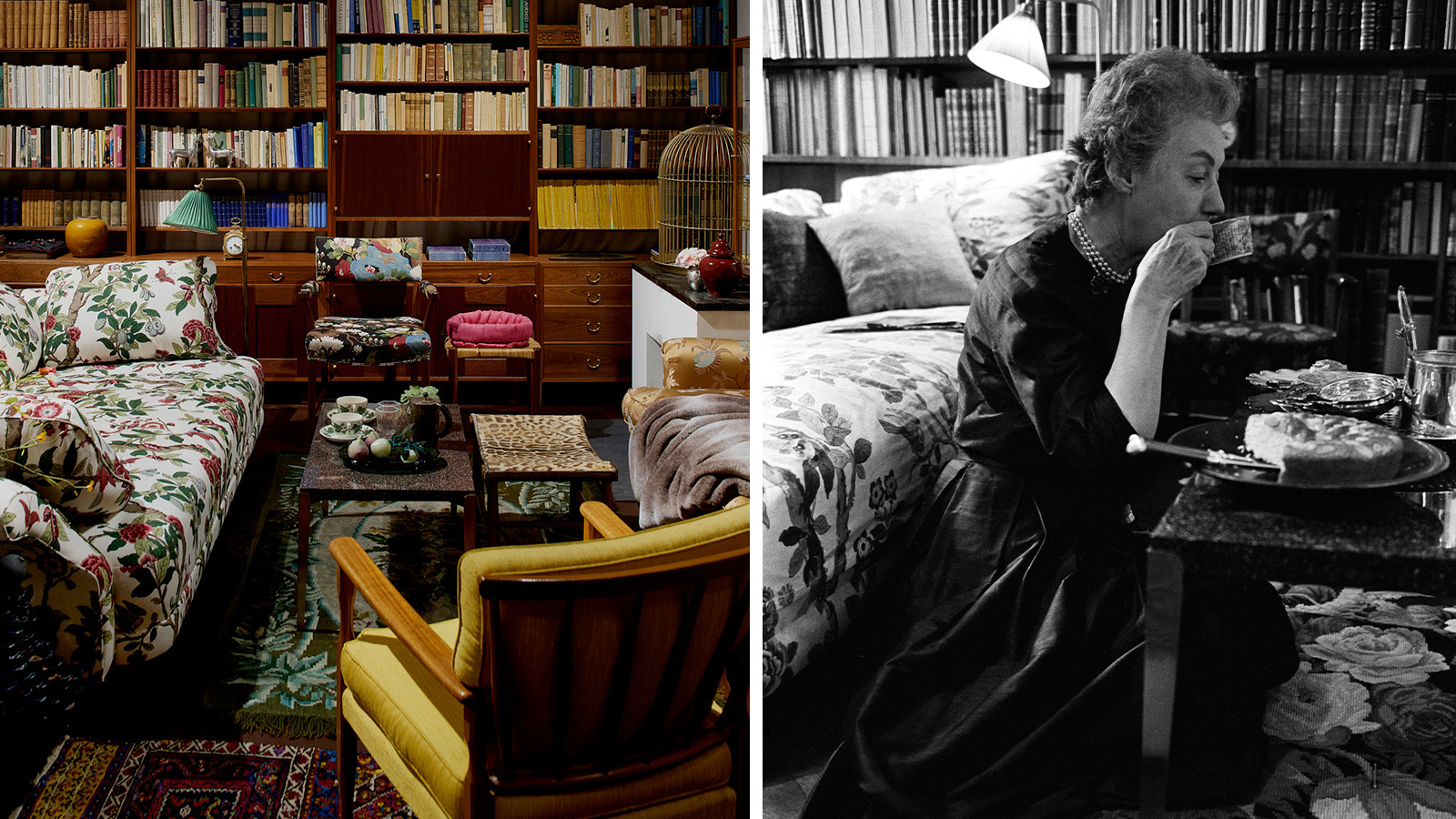 Explore 100 years of Svenskt Tenn and the interiors Estrid Ericson has crafted
Explore 100 years of Svenskt Tenn and the interiors Estrid Ericson has crafted‘A Philosophy of Home’ explores 100 years of Svenskt Tenn and the daring vision for interiors its founder Estrid Ericson developed
-
 Svenskt Tenn Jubilee pattern by Josef Frank shows Stockholm’s popular streets
Svenskt Tenn Jubilee pattern by Josef Frank shows Stockholm’s popular streetsSvenskt Tenn releases a 1949 print by Josef Frank featuring a stylised map of Stockholm to mark the Swedish brand's centenary
-
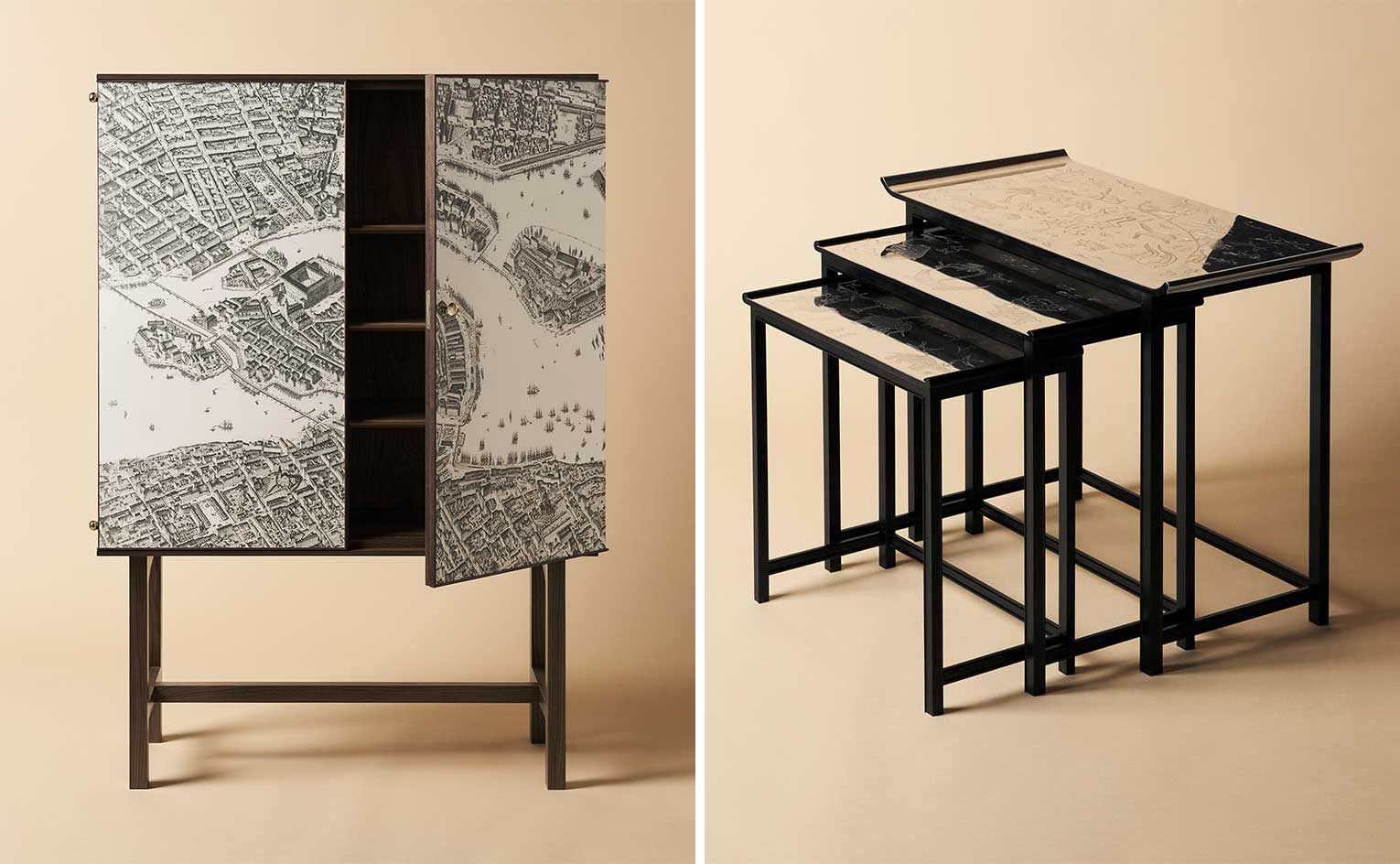 Svenskt Tenn brings back rare furniture designs to mark its centenary
Svenskt Tenn brings back rare furniture designs to mark its centenarySvenskt Tenn kicks off its centenary celebrations with two rare pieces from the archives by Josef Frank and Nils Fougstedt
-
 Svenskt Tenn gets a summer makeover courtesy of Margherita Missoni
Svenskt Tenn gets a summer makeover courtesy of Margherita MissoniAt Svenskt Tenn, Margherita Missoni curates 'A postcard from Italy,' a summer takeover of the Stockholm gallery (until 27 August 2023), as well as special edition pieces
-
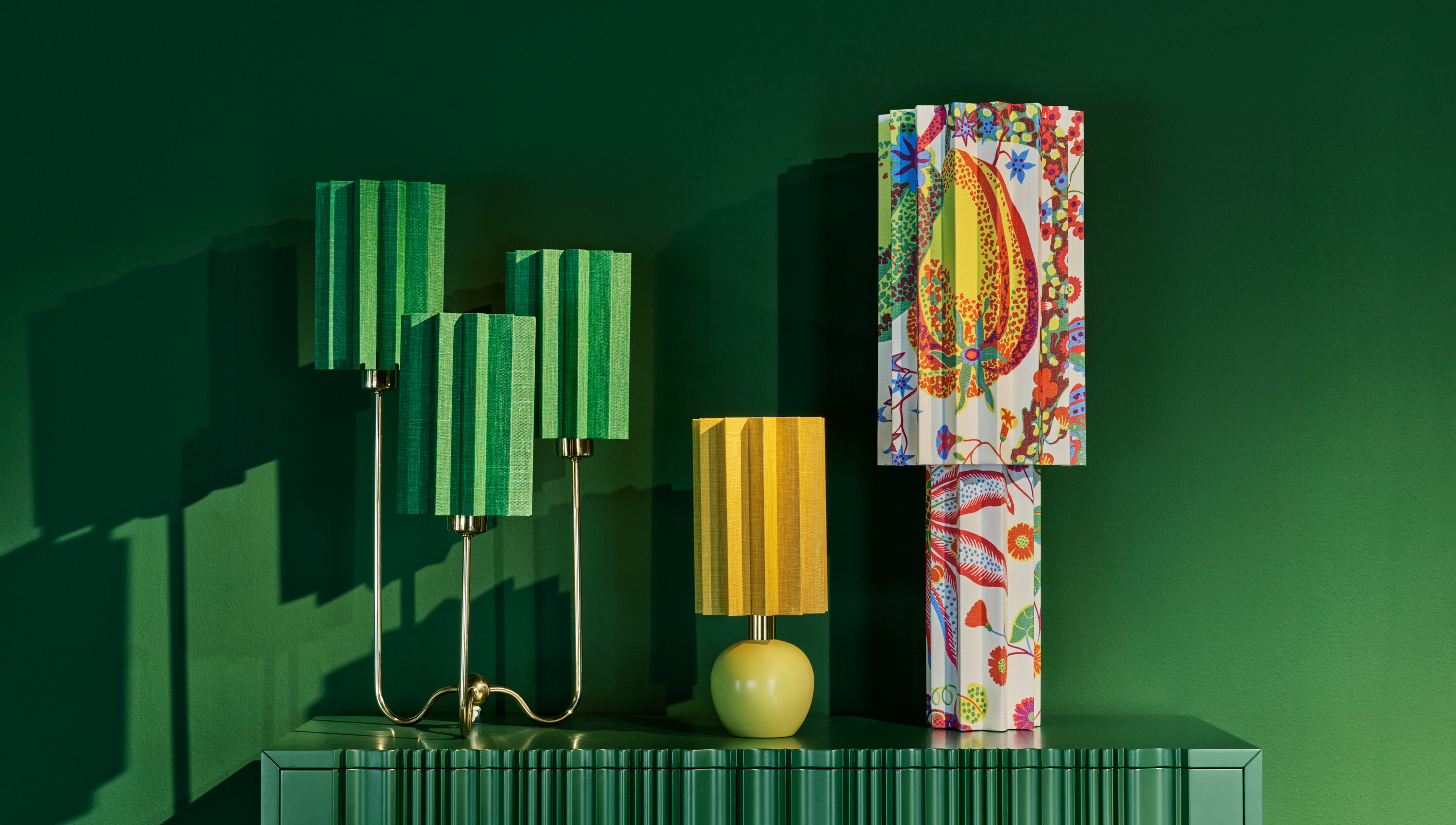 ‘Pleated for Frank’ at Svenskt Tenn pays homage to a beloved 20th-century designer
‘Pleated for Frank’ at Svenskt Tenn pays homage to a beloved 20th-century designerFolkform and Svenskt Tenn present a homage to the classic plissé lampshades by Josef Frank (until 19 May 2023)
-
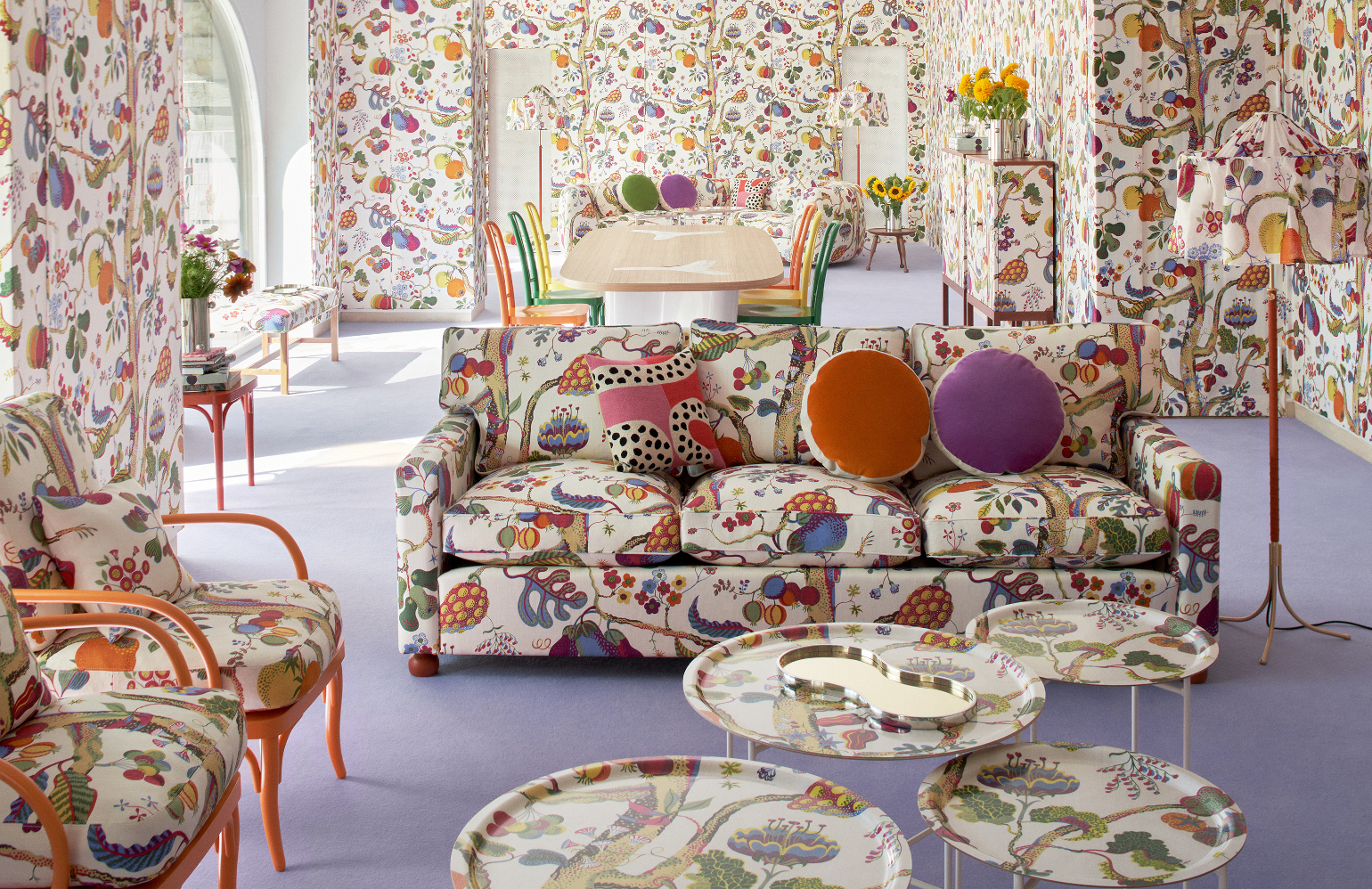 India Mahdavi interprets Josef Frank’s legacy at Svenskt Tenn
India Mahdavi interprets Josef Frank’s legacy at Svenskt TennStockholm Design Week 2022: India Mahdavi and Svenskt Tenn present ‘Frankly Yours’ (until 23 October 2022), an exhibition juxtaposing the company’s iconic prints with Mahdavi’s visual language